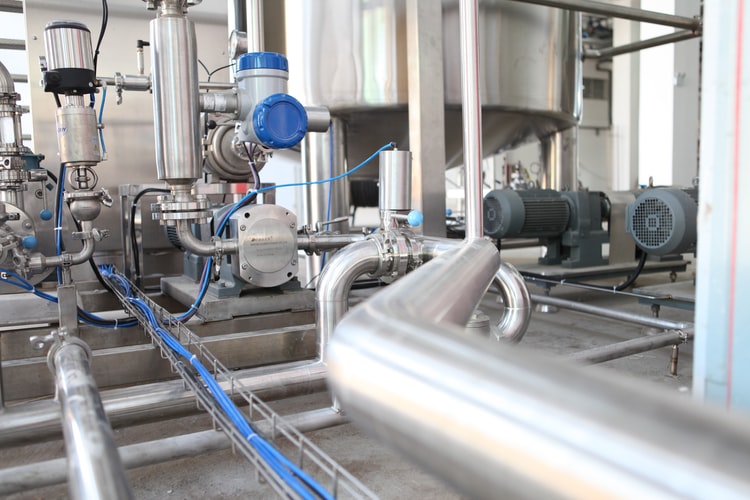On-site nitrogen generators will typically consist of three main components. The first of which will be a compressor that compresses air in a large tank (to produce nitrogen for your plants), a source of compressed air, and a holding tank that supply the compressed air to the compressor. The second part of your system will be the tank itself; this is where the nitrogen is stored and compressed to be immediately useful to you or your plants! The final component of your system will be the air compressor itself. There are two main types available for your on-site nitrogen generator; gas and liquid.

How Can Nitrogen Be Stored?
On site Nitrogen can be stored in either liquid or gaseous form. Liquid nitrogen (also known as powder-based nitrogen) is generally cheaper to use because it is less costly to produce, but you have to constantly refill it (a good example of this is using up the liquid nitrogen on an ongoing basis), whereas gaseous nitrogen (also called HN-based nitrogen) is more expensive but more readily available. In addition, liquid nitrogen has a shorter shelf life; once it has gone off, it’s not very easy to get it back. Liquid nitrogen also doesn’t work as effectively as gaseous nitrogen in areas with differing temperatures – though it is still relatively effective and is widely used for on-site nitrogen generation.
For on-site nitrogen gas generation, your system will generally consist of at least one cylinder, which you fill with the liquid nitrogen, and another cylinder which store the gaseous nitrogen. Depending on the size of your garden, you may require more than one cylinder; if you use more than one cylinder you need to ensure that the cylinders are placed far enough apart so that the nitrogen levels do not mix. Also, it is important to ensure that the cylinders are placed far enough underground to protect them from the effects of frost, rain and other weather conditions.

Practical Storage Management
If you are using liquid nitrogen, you may find that you need to periodically replenish the liquids in the cylinders, especially if you have a large garden. You also need to make sure that the soil around the cylinders is suitable for storing the nitrogen – some soils are more suitable than others.
It is important to bear in mind that each cylinder will produce a different level of nitrous oxide. The larger the cylinder the more the nitrous oxide will be produced. So if you are looking to generate a large amount of nitrous, it is a good idea to invest in a bigger cylinder, but this is not necessary if you only intend to supplement a small area. If you choose a smaller cylinder, however, you will find that it is harder to obtain pure gas, as the nitrogen levels will be much lower.

Last Points
The efficiency of the liquid nitrogen generators will vary from manufacturer to manufacturer, as will the quality of their products. Make sure that you purchase a high-quality product. If you are using a cylinder which has been damaged or is faulty, you should consider contacting the manufacture to exchange it for a new one. You should always ensure that you follow the instructions carefully when operating these types of devices, as if you do not do so they could pose a serious safety risk. Nitrogen supplies can be expensive, but if you implement a few straightforward measures, you can save money whilst reducing your carbon footprint.





